El Niño Highlights Need For Resilient Agriculture
To consider the long-term challenges of climate change and the short-term impacts of powerful weather cycles like the El Niño Southern Oscillation is to face down a wild tangle of variables. This is especially true in agriculture, where weather and climatic variations affect precipitation, temperature, and the timing of planting and harvesting.
May 23, 2016
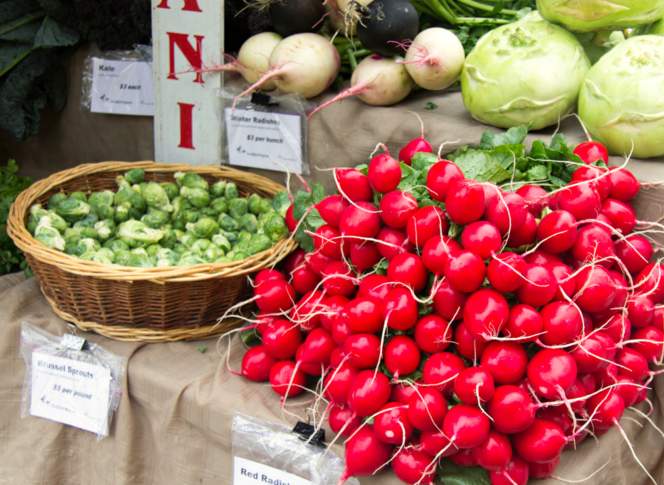
Radishes

To consider the long-term challenges of climate change and the short-term impacts of powerful weather cycles like the El Niño Southern Oscillation (ENSO) is to face down a wild tangle of variables. This is especially true in agriculture, where weather and climatic variations affect precipitation, temperature, and the timing of planting and harvesting. But farmers have always taken risks, and have always adapted.
“Any farmer that puts a seed in the ground is a risk-taker,” said Peter Nowak, a professor with the Nelson Institute of Environmental Studies at the University of Wisconsin-Madison.
A potentially record-breaking El Niño cycle taking shape for late 2015 and going into 2016 exemplifies what farmers face: While scientists know that a strong El Niño generally brings warmer winters to the Midwest, they hesitate to make concrete predictions about what that will mean on the ground in Wisconsin— each ENSO cycle is different, interacts with many other climate and weather forces, and certainly impacts the Midwest, but not as dramatically as it does elsewhere. So beyond the question of what will happen in any given season, the bigger question becomes: How resilient is Wisconsin agriculture?
“It’s not like we’re going to have a linear trend of warmer and wetter” with ENSO-driven weather conditions, said Nowak, who studies the relationships between agriculture, soil, and water resources. “We’re going to have high variability. Some areas of the state are going to get wetter, some areas are going to get drier, and it could flip-flop from year to year.”
That variability puts the onus on farmers to diversify their crops, so that the food supply and related businesses can endure shifts in weather, rather than depending too heavily on any specific crop or betting too much on any given set of weather conditions. In fact, “resilient” itself has become almost as big a watchword as “sustainable” in the agricultural world. The farmers, researchers, and advocates interviewed about this issue said Wisconsin has some advantages in adapting to both short- and long-term weather and climate trends, but the agricultural community needs its scientific and economic support structure to change.
Diversification and consolidation
In 2012, about 40 percent of Wisconsin’s farmland grew corn or soybeans, figures from the most recent USDA Agricultural Census show. At first glance, that might suggest an agricultural picture dominated by those two big row crops, but these figures doesn’t tell the whole story — sheer acreage means different things for different crops. That other 60 percent of Wisconsin’s farmland goes to an array of activities, from nationally prominent dairy, potato, and cranberry production to a wide array of grains, root vegetables, green vegetables, and herbs. Compare this usage pattern to neighboring Iowa, where corn and soybeans take up 76 percent of farmland.
As Sarah Lloyd points out, 5 acres of bell peppers is a lot of bell peppers, but 5 acres of sweet corn isn’t a lot of sweet corn, as far as agricultural markets are concerned. Lloyd, who runs a 400-cow dairy farm in Columbia County and serves as special projects director for the Wisconsin Farmers Union,sees encouraging strengths and troubling vulnerabilities in Wisconsin’s agricultural landscape.
“Certainly relative to other states right around us, like if you think of Iowa and Illinois, we do have quite a diversity ranging from dairy and beef, and then vegetables grown for canning companies and vegetables grown for the fresh market, then you kind of have your row crops, like corn and soybeans,” said Lloyd, whose dairy farm also produces alfalfa, soybeans, corn, wheat, rye and oats. She points to Wisconsin’s still relatively high number of dairy farms, and the high number of people who raise small beef herds in the state, as evidence of Wisconsin’s agricultural diversity.
But agricultural statistics show that farms like Lloyd’s are gradually giving way to a decades-long trend of increasing industrial-scale agricultural operations.
“We are seeing kind of a bifurcation of (farm) sizes,” Lloyd said, “and obviously scale is sort of relative to each crop.”
“From that perspective,” Lloyd added, “if there was some major disruption to the weather, certainly in an El Niño case where it’s maybe one or two years, the full agricultural economic output maybe wouldn’t be hit as hard because different things would be hit differently. (But) what it means for individual farmers certainly could be quite devastating.”
The relationship between farm size and crop diversity is complex. A larger farm isn’t automatically going to be less diverse, but farmers cultivating large acreages tend to have a financial incentive to focus heavily on producing large amounts of certain commodity crops. The reasons for that include the structure of the federal farm-insurance program and other subsidies. (More about this below.) And then there’s the question of a diversity of farm sizes — in other words, what’s the healthiest mix of small, medium-sized and large farms?
Short-term weather cycles like El Niño have far less dramatic effects in the midwestern U.S. than they do in the Southern Hemisphere. An October 2015 reportfrom Oxfam International details how the strong El Niño currently underway could devastate millions of people’s access to corn, rice, and other staples in Central America and southern Asia— and especially in West African nations, which rely heavily on rice imported from India.
Nowak said it is possible that farmers in Wisconsin and the rest of the U.S. could be called upon to fill the gaps during such emergencies, but should not jump too zealously at the opportunity. Should Wisconsin farmers shift even more heavily into corn, for instance, that would undermine the diversity that makes the state’s agriculture relatively resilient, and that’s not good for the global food system as a whole.
“Someone else is hurting and needs food and we can grow those crops and livestock that fill that ditch,” Nowak said. “(But)you don’t want to respond to those markets where all farms become larger and more homogenous, because if that were to happen, you’re increasing your vulnerability to change.”
As for long-term climate change, Lloyd argues it could well put small and large farms in the same boat, pressuring operations of all size to diversify. “Because you have a bigger operation, should you have lots of little diversified risks in the agricultural portfolio, or a couple of big risks?” she asks. “What’s more resilient for us as a whole? Can an individual business withstand some devastating losses of crops?”
Farmers need to be able to pivot, because short term weather cycles and long-term warming will affect various crops in different ways. Some are more susceptible than others to specific variables, including the length of the growing season, soil moisture and temperature. Maple syrup shows some of the volatility that can result: Wisconsin produced 66,000 gallons in 2012— a near-record low attributed by the USDA to warm winter conditions. By contrast, Wisconsin produced 108,000 gallons of maple syrup in 2007, and rebounded from 2012 with 250,000 gallons in 2013 and 200,000 in 2014.
“I know friends who do maple syrup up in the northern part of the state, and that’s really dependent on it getting cold at night,” Lloyd said. “It freezes and thaws and that’s when you get the most production. They’re certainly seeing more years of late where it doesn’t get as cold at night, so it shortens up the season.”
More broadly, fewer freezes means that Wisconsin is beginning to lose one of its natural advantages in killing off agricultural pests.
Nowak, of the Nelson Institute, sees cause for optimism with growing interest in small farms and local food systems in Wisconsin. He also points out that issues of weather, climate, and agricultural diversity will play out very differently across the state. Rural western Wisconsin, with its variety of small farms, might prove more resilient in the long run than more populated areas like the Fox Valley, which tend to have concentrations of large-scale farms. And northern Wisconsin, from Door County to Bayfield, has been getting much drier than the rest of the state over the past 30 years, Nowak said.
Policy and risk
Looming large in the conversation about agricultural diversity is the question of how much risk farmers can afford to take on — and perhaps more importantly, who can afford it. A highly subsidized crop insurance system in the U.S. is intended to help farmers stay in business when crops fail or when they don’t hit their production targets. But small farmers and sustainable-agriculture advocates have long criticised this system for favoring industrial producers.
Duane Voy, who runs the St. Paul regional office of the USDA’s public-private Risk Management Agency, admits that “the history of our program has been primarily toward the largest producers.” (Essentially, the Risk Management Agency regulates crop insurance policies that private companies sell to farmers, who pay for their premiums with help from subsidies provided by the Farm Bill.) This is partly because the traditional model for a crop insurance policy insures a specific kind of crop, not a whole farm. Additionally, policies tend to favor major commodity crops like corn and soybeans, which Voy says make up about 60 percent of the liability in the agency’s programs.
“One of the big flaws in terms of [adapting to] climate change is [that] the crop insurance system as it is now largely incentivizes a very highly industrialized form of agriculture that focuses on a few row crops,” said Tom Nuessmeier of the Minneapolis-based Land Stewardship Project, which has published several white papers decryingthe current crop insurance system as a form of corporate welfare. Aggravating that problem, Nuessmeier argues, is that those row crops tend to be farmed in a very fossil fuel-dependent way, and therefore aggravate climate change by pumping more greenhouse gases into the atmosphere.
Voy says the federal farm insurance program has been evolving in recent years, developing more policies that insure a farm’s revenue in general rather than just specific crops, reaching out more to beginning farmers and ranchers, and making it easier for organic producers to insure their crops. Nuessmeier, who raises, corn, soybean, hogs, alfalfa and and small grains at an organic family farm north of Mankato, Minnesota, acknowledges that these are steps in the right direction, but he still advocates for deeper structural reform in the program.
Even with tools like whole-farm revenue protection in the mix, Nuessmeier said, federal crop insurance subsidies are so large that they’ll still have an overall effect of incentivizing industrial-scale monoculture. He’d like to see the system do more to support farmers who take part in mitigating the effects of climate change through conservation practices and carbon sequestration.
“I would say that the smaller farm, the farm in the middle, by its nature relies more on diversity in order to mitigate some of the stresses that are put on the business by a climate that appears increasingly fickle,” Nussmeier said. “There isn’t at this point a real good product that addresses a real diversified farm.”
Putting science to work
Short-term weather cycles like El Niño are different each time they develop, and don’t typically lend themselves to concrete forecasting. That said, modern climatologists and ag scientists can at least take advantage of what they do know about these phenomena to help farmers brace for potential shifts in precipitation and temperature. And of course, scientific research informs farmers as they adapt to changing conditions in their business. But when helping farmers adjust to climate change and complex weather anomalies, it’s particularly challenging to turn science into clear communication and useful tools.
“I think there is small concern that when it comes to the climate system, well, first of all, how do you talk to a community that really doesn’t buy into the idea of climate change on the whole,” said Christopher Kucharik, an associate professor of agronomy and environmental sciences at UW-Madison. Still, he said, “agriculture stands probably the best chance out of any segment of the population of adapting, because they’ve already been doing it for the last 50 years, whether they want to admit to it or not.’
Jamie Derr, who grows soybeans, corn, and winter wheat on his farm near Marshall in eastern Dane County, backed up these points. In his early 40s, Derr has been modifying his farming practices with an eye toward long-term climate change, and has launched a biofuels business on his farm (named Solar Mass Systems)— all of which puts him in a minority in the agricultural world. Farmers are an aging demographic, and Derr doesn’t think the majority of older farmers are all that interested in a discussion about climate change, even as they regularly seek to adapt to new conditions.
“I don’t know if necessarily people are doing it with this long view of climate change,” Derr said. “I think they’re doing it in reaction to these more immediate weather issues.”
Many academics who research the planet’s climate say it’s on the scientific community to grasp the importance of communication.
“Farmers are born skeptics,” said Peter Nowak of the Nelson Institute. “I go up and talk to them about climate change— talk about selling ice cubes to Eskimos or something.” But he had a breakthrough of sorts when he tried expressing the complex, nebulous issue of climate change with a vivid metaphor: “I said, ‘I want you to imagine that gyroscope you play with as a kid. Imagine flicking a spinning gyroscope.’ They can immediately visualize that gyroscope oscillating back and forth as it tries to find a new equilibrium. With greenhouse gasses, we have flicked our climate system.”
Jenna Klink is a UW-Extension Environmental Resources Center evaluation specialist who works on Useful to Usable, a multi-institution project developing digital tools that use climate data to help farmers make adaptive decisions. She said scientists can make great strides by just thinking about who farmers really listen to.
“Farmers and advisers trust Extension the most, but we’re not necessarily the most influential source,” Klink said. “Advisers and some of the seed and chemical reps are the most influential — which makes sense, because it’s their job to be out there.”
Given this dynamic, leadership on Useful to Usable has decided to focus on working more directly with agricultural advisers (that is, essentially business consultants for farmers). Additionally, the project didn’t craft its suite of digital tools based on preconceived plans. Instead, it secured a major grant from the USDA, then asked agricultural stakeholders what they needed and wanted, and used the responses to design the tools.
Klink and several other people interviewed for this story — some affiliated with UW-Extension and some not — cited the organization as a crucial resource for helping farmers understand and adapt to weather and climate shifts. Klink advocates rethinking the role of extension programs to mix their traditional information-disseminating approach with newer and more proactive strategies. For Useful to Usable, that means not just giving farmers information and not just creating digital resources, but really following through on sending them a strong message.
“If they don’t see that link between climate and risk,” Klink said, “why do they have any motivation to spend their time using a decision-support tool?”
Kucharik said there is still a need for more insight into how crops have historically reacted to weather and climate variability. To help farmers adapt, he’d like to see more rigorous research into how different seed hybrids and planting schedules have worked for different crops.
“The seed companies hold a lot of information, I think, on how their hybrids have responded to weather that will never see the light of day because it’s proprietary,” Kucharik said. He added that he thinks the USDA could also make a lot of its data more readily available to researchers.
Kucharik also thinks that incremental changes could help both the research and the communication aspects of the problem.
“I think there’s low-hanging fruit in terms of management changes that can happen, whether it’s planting dates or paying attention to places to the south of us” like southern Illinois, which is warmer than Wisconsin, but also produces a lot of corn and soybeans, Kucharik said.
When it comes to his farm in eastern Dane County, Jamie Derr has been taking a lot of different approaches — especially since the Wisconsin drought of 2012— including varying his planting and harvesting schedules, planting more cover crops to protect the quality of his soil, and adopting no-till techniques to help the moisture in his soil go further.
“It’s robust conservation that’s going to keep farming viable,” Derr said.
 Passport
Passport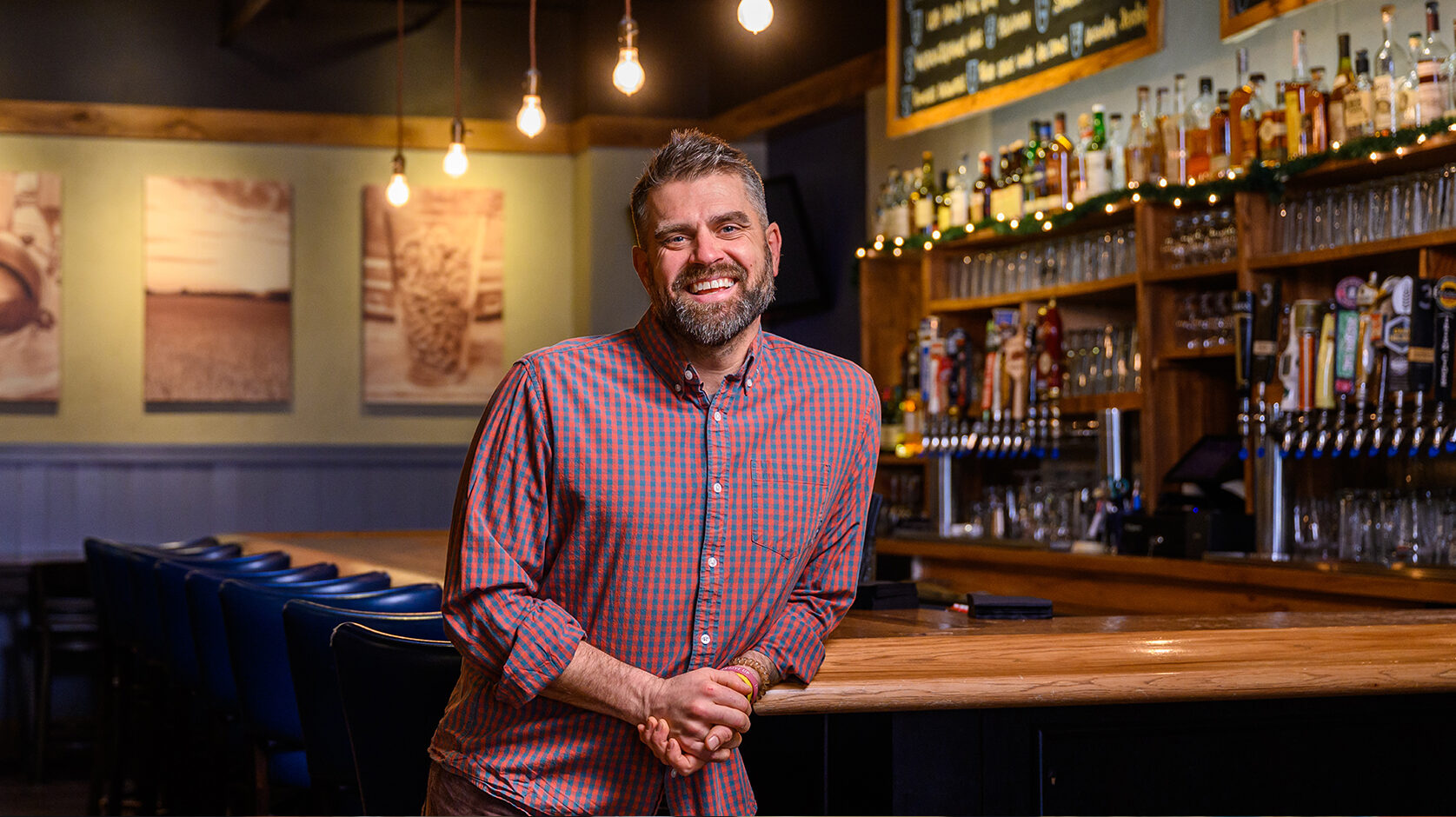

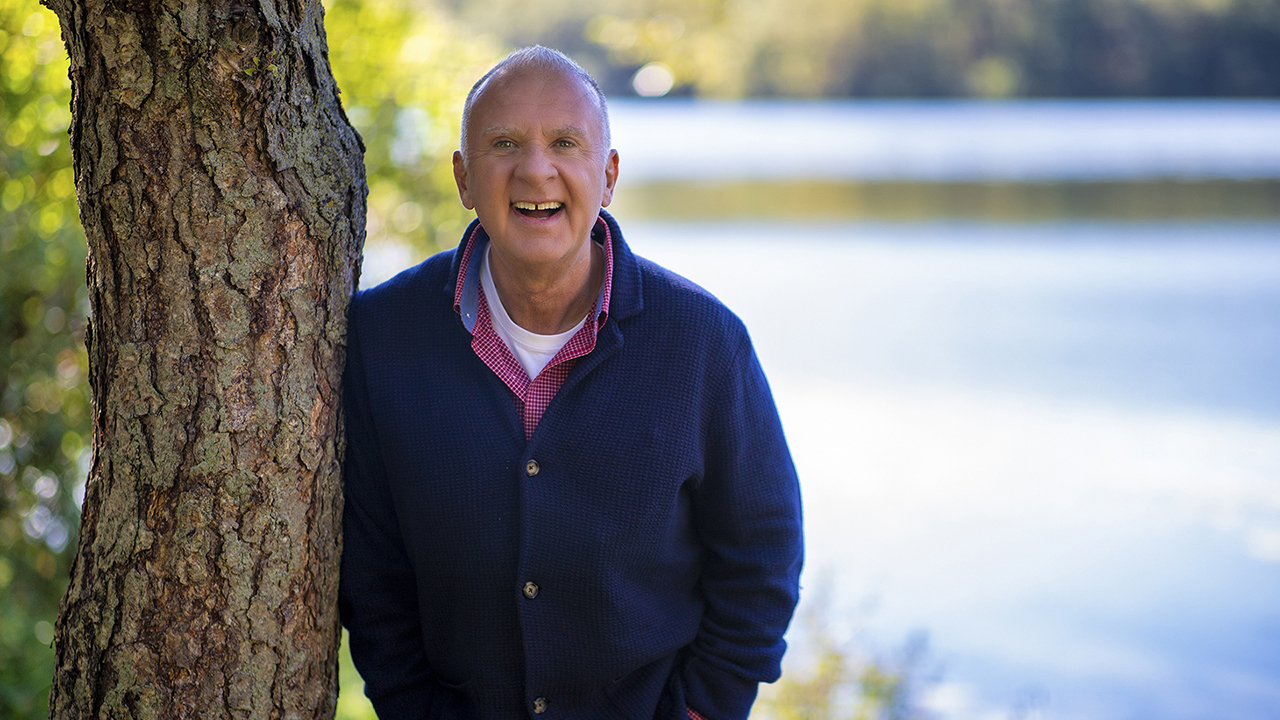



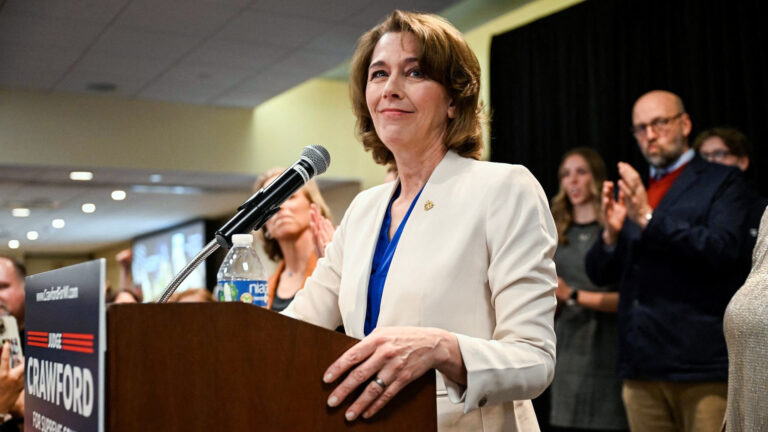

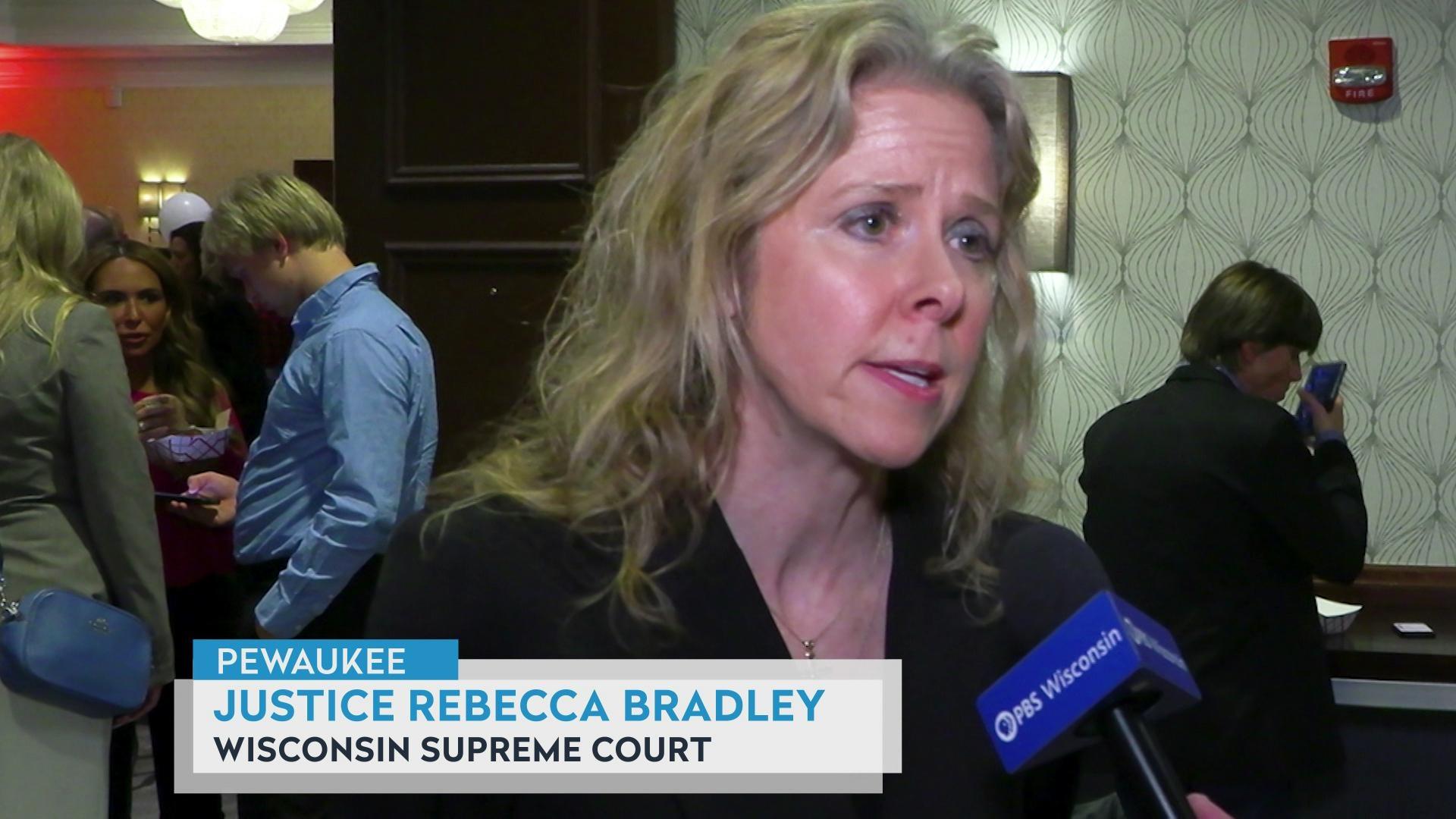


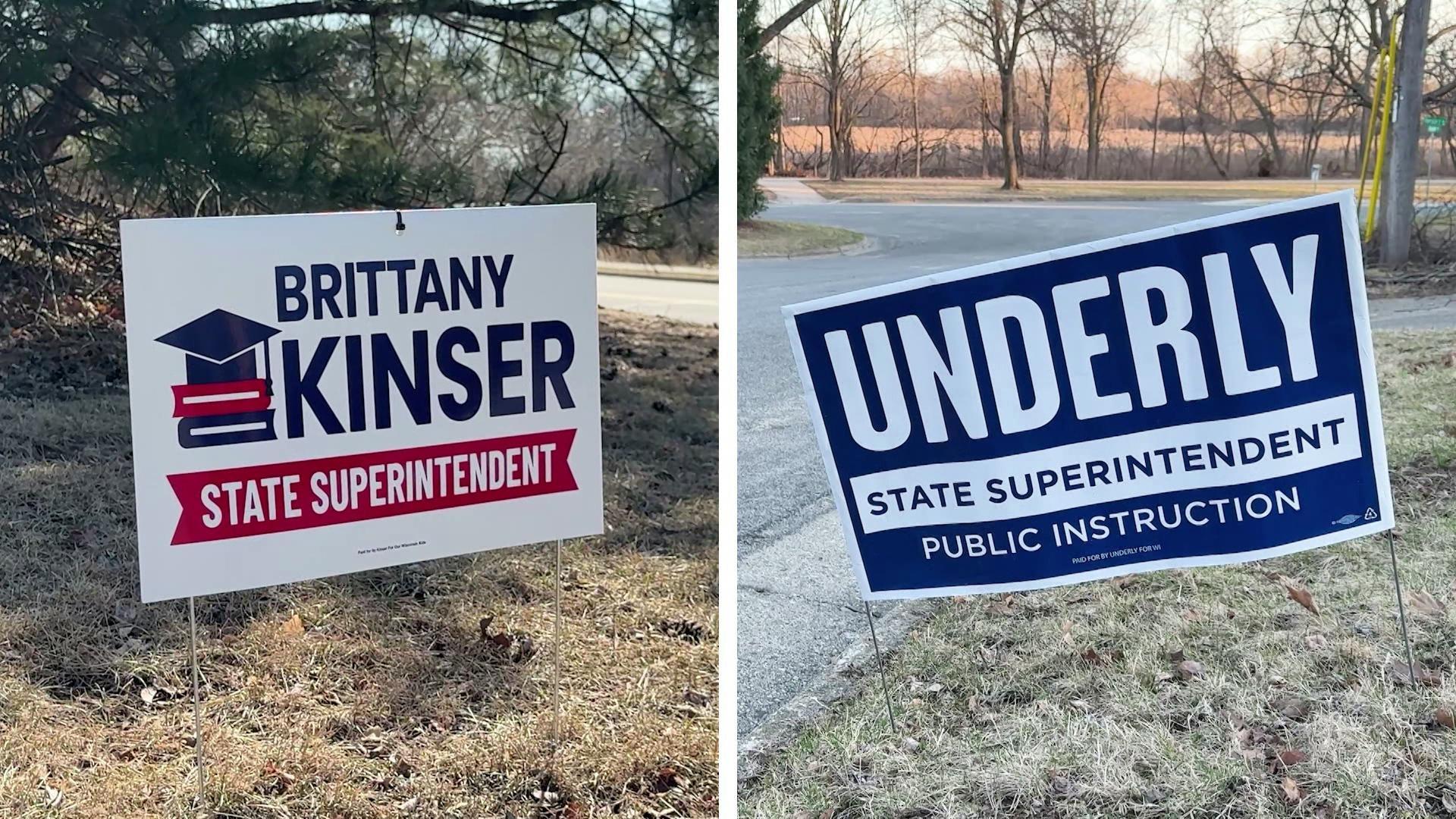
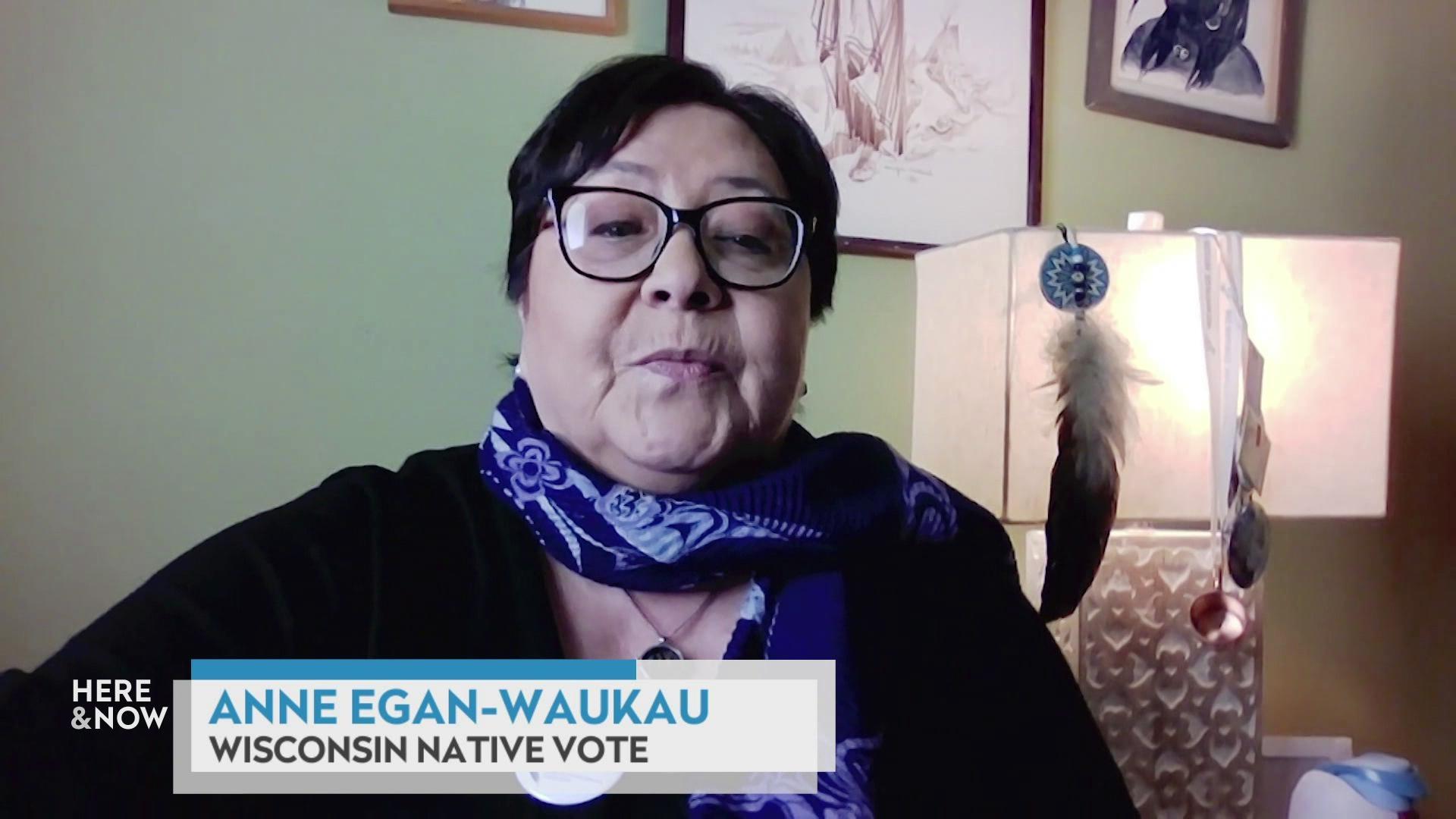




Follow Us